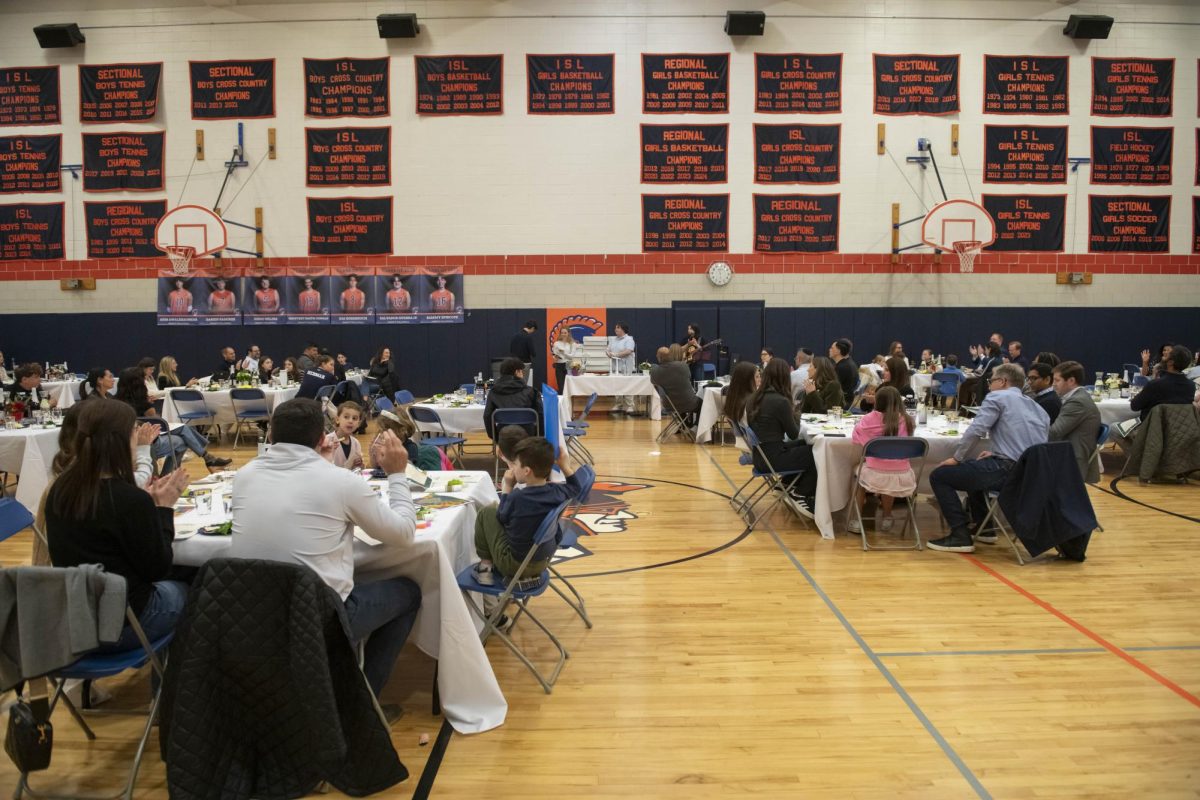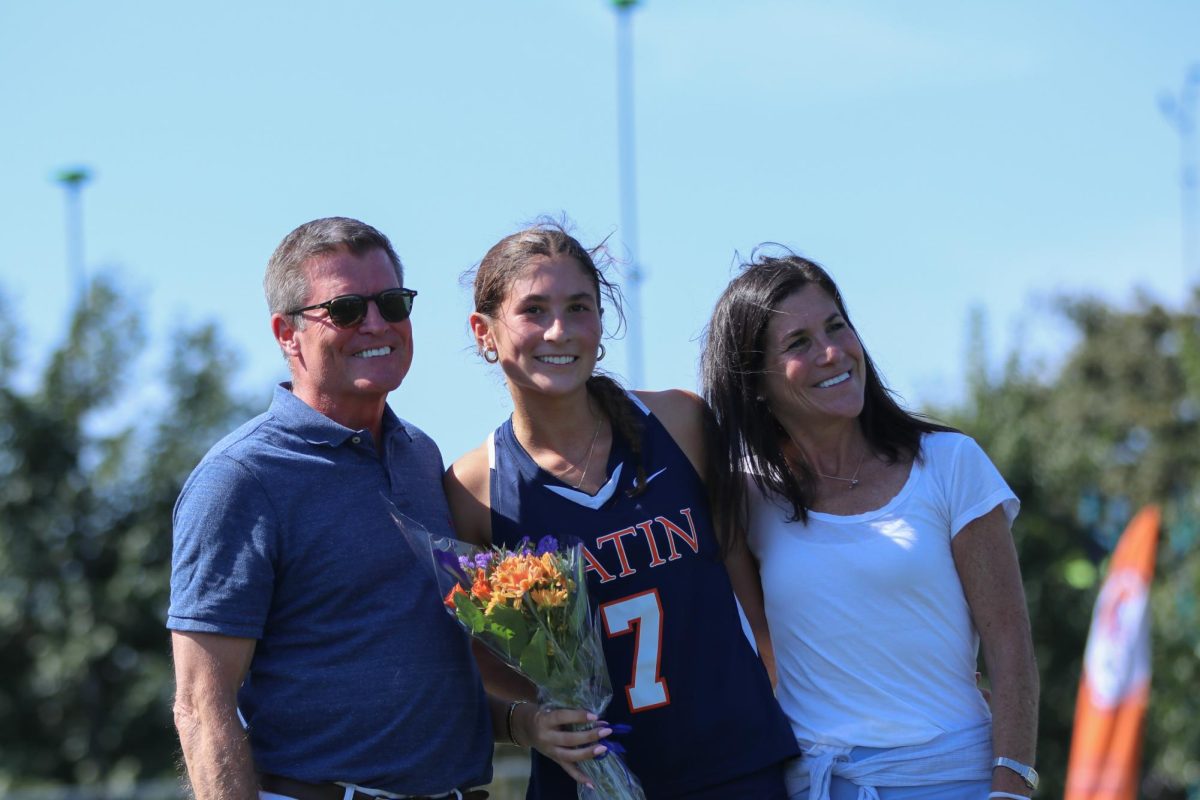Junior Gillian Herman, a golfer, pianist, and political enthusiast, is on a mission to create an inclusive space for students of all religions with her new affinity group, Students of Faith.
Christianity has been a major part of Gillian’s life. She frequently attends The Moody Church and participates in various community service opportunities there. “My religion is something I hold extremely close to my heart, something very personal to me,” she said.
Gillian’s idea for the affinity group began last year during her sophomore year English class’s manifesto unit, where she wrote a manifesto about the lack of religious dialogue within the Latin community.
“I wanted a space for students to share their religion and show [others] what it means to them,” she said.
Her teacher for her sophomore English course, Upper School English teacher Brandon Woods, said, “[Religion] is not really covered in the curriculum outside of Mr. Cruz’s religion course. [So] it was a really powerful manifesto. Since the other part of my job is a DEI coordinator, I will absolutely support [her].”
While Latin’s administration dedicates resources and the space for students to run their own affinity groups, there are few religious affinities.
Upper School history teacher Ernesto Cruz said, “Religion is the most under-discussed, most hidden piece of identity.” Having taught the History of World Religion class for over a decade, he understands that the topic of religion can be uncomfortable for many high school students. “It is not just Latin, it is not just Chicago, it is not just the U.S. This is in the Western world.”
This hesitancy to discuss religion ties to a broader conversation about identity. Mr. Woods highlighted that religion is one of the eight major social identifiers alongside ability, age, ethnicity, gender, race, sexual orientation, and socioeconomic status that shape how individuals move through the world.
“If we’re telling people we want them to bring their whole selves to school, then we have to have avenues for people to talk about these identities,” Mr. Woods said.
Responsibilities and initiatives of interfaith conversations stem from students and faculty alike. “We as a school have to realize that we as the adults in the community have to do some work to make sure that the school is as open as possible to all different identities.” Mr. Woods said.
“When I saw a student who was like, this is something missing from the school, it seemed like the perfect opportunity to have a student-driven, student initiative around an affinity group, and so the first thing was to try to find an adult faculty advisor,” he added.
Gillian’s proposal was discussed in a faculty meeting near the end of last school year. Upper School Learning Resources teacher Elizabeth Underwood, who had just joined the Latin community at the beginning of last year, felt it was the perfect opportunity to get involved with student life. “I had a moment where I said, ‘This is it,’” Ms. Underwood said.
Together, Gillian and Ms. Underwood began establishing the affinity group’s goals and projects, which included providing students with service opportunities at churches and bringing in guest speakers to further enrich students’ knowledge of religious backgrounds.
Sophomore Charlotte Flandina, a member of Students of Faith, joined the affinity to deepen her understanding of her religion through church outreach and peer collaboration. “[As a] Christian, it would be rewarding to help the community and get involved with my religion,” she said.
As Students of Faith opens a new chapter of interfaith conversations, it offers an avenue for personal expression and fosters a deeper understanding of the diversity that Latin embodies. “We may practice one particular faith, but there are so many others that are so incredible that we learn and collaborate with,” Ms. Underwood said.
“Whether [that is] over coffee and breakfast together, going out into the community together, learning and coming together for one great purpose beyond ourselves, serving a vulnerable group of people together, doing something at school together, really seeing those boundaries going away,” Ms. Underwood said. “We are more similar than we are different, even with different faiths.”


















































